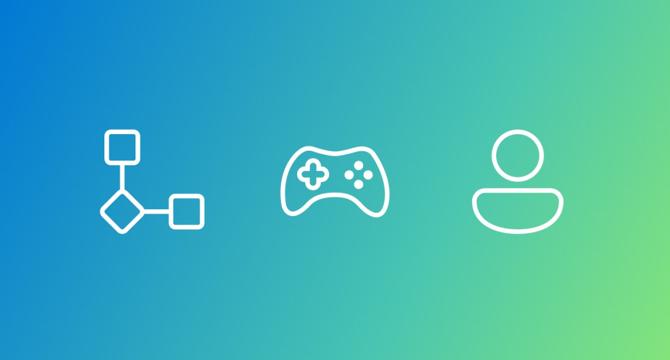The Verge
1M
402

Image Credit: The Verge
Microsoft’s Xbox AI era starts with a model that can generate gameplay
- Microsoft has unveiled a breakthrough in AI for gaming with their new Muse AI model, which can generate gameplay environments based on visuals or player actions.
- The Muse model understands game physics and player interactions, aiming to empower game creators with diverse gameplay created by AI.
- Trained on gameplay data from Xbox's Bleeding Edge, Muse was developed through a partnership between Microsoft Research and Xbox's Ninja Theory.
- The model, although limited to a resolution of 300x180 pixels, signifies a significant advancement in generative AI for gaming.
- It is emphasized that Muse is not meant to replace game creators but to aid in early iteration stages of game development.
- Microsoft is exploring how Muse could enhance classic games, aid in prototyping new games, and enable AI-powered experiences in existing titles.
- The company plans to share AI tools and experiments with Xbox players and creators to address real problems and add new value to the gaming experience.
- There is a focus on giving individual studios at Xbox the autonomy to decide how to utilize generative AI in their games, respecting each team's creative vision.
- However, there are concerns in the gaming industry about AI's impact on the creative process, with 1 in 10 game developers reportedly losing their jobs in 2024.
- Microsoft is aiming to use AI technology to streamline game development processes and enhance the creative capabilities of game developers rather than replace human creativity.
Read Full Article
24 Likes
For uninterrupted reading, download the app